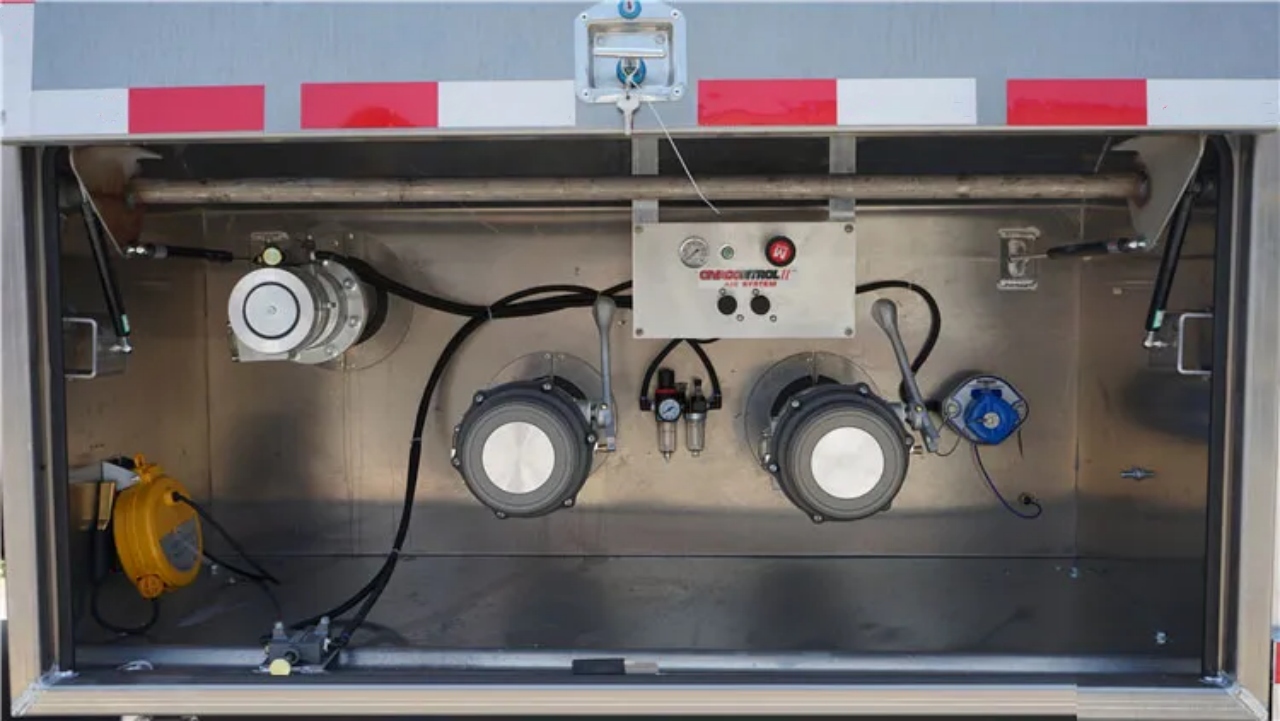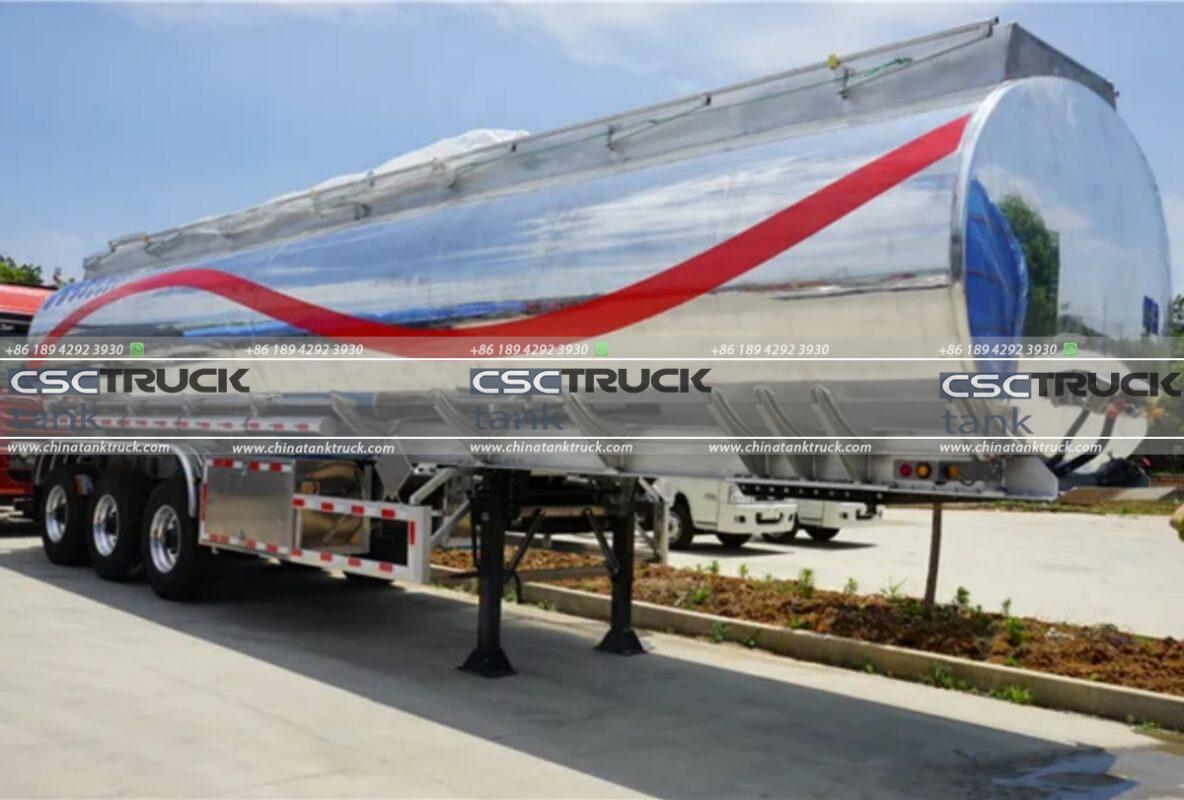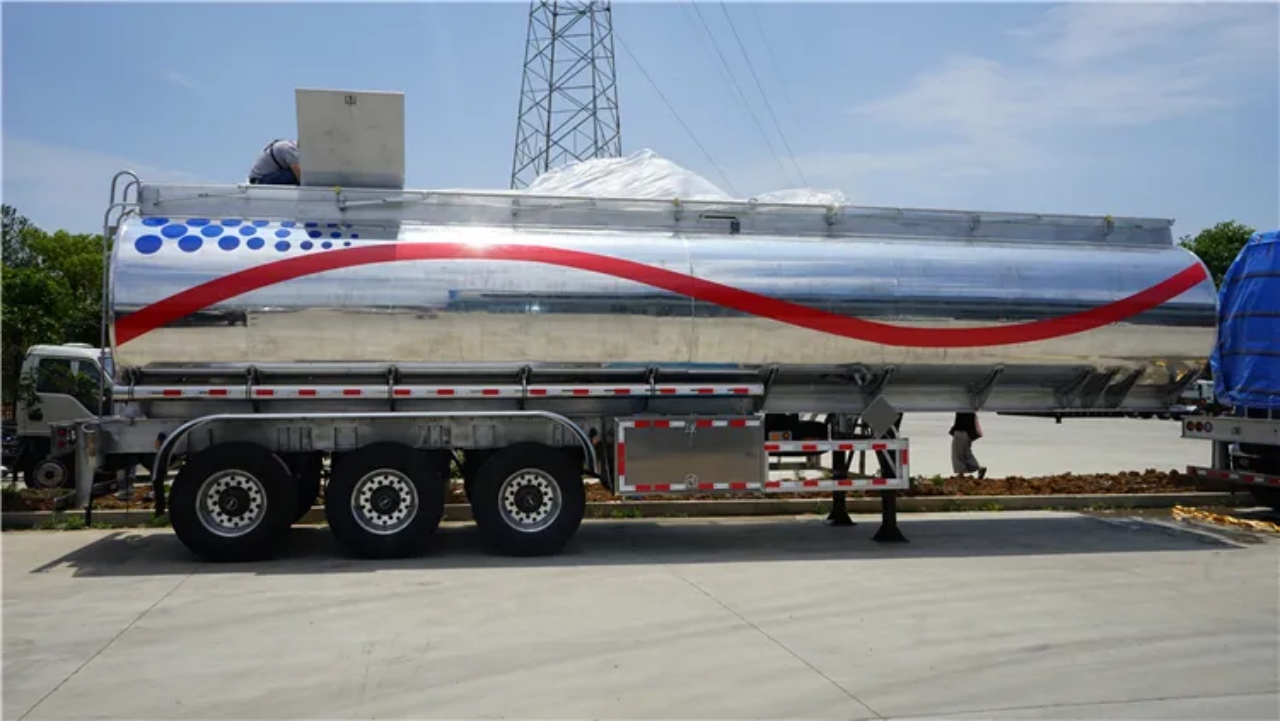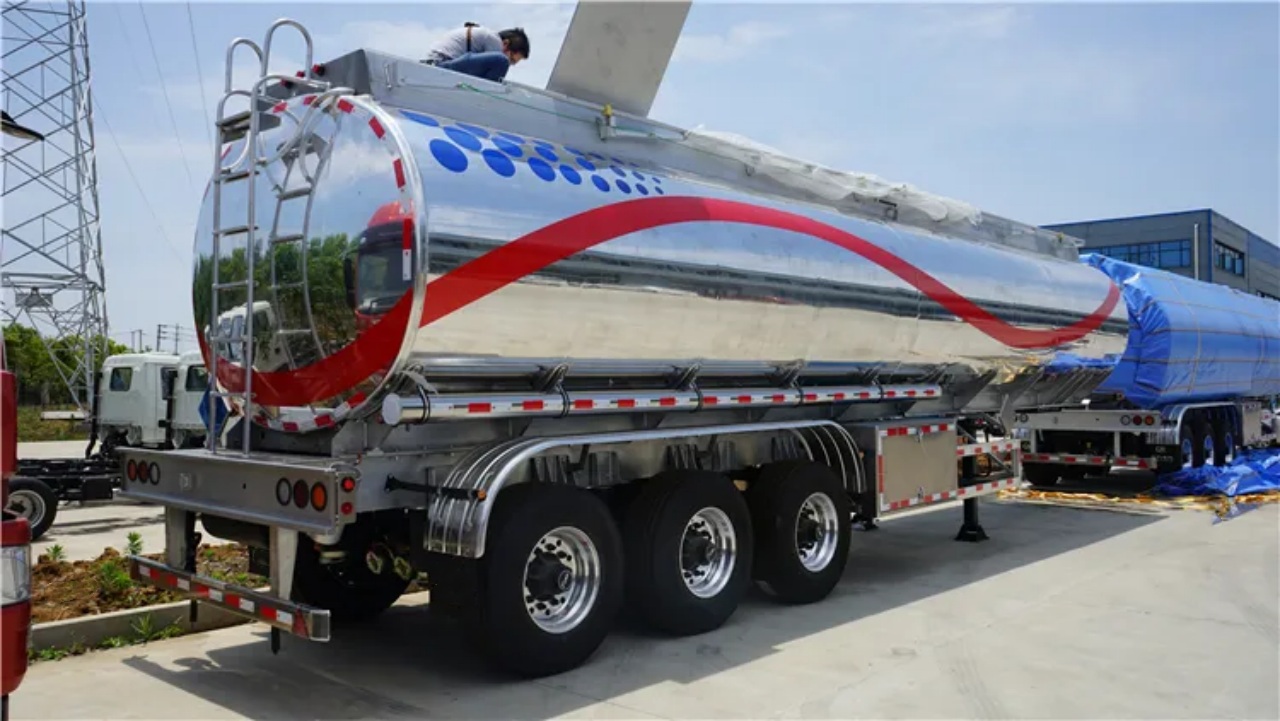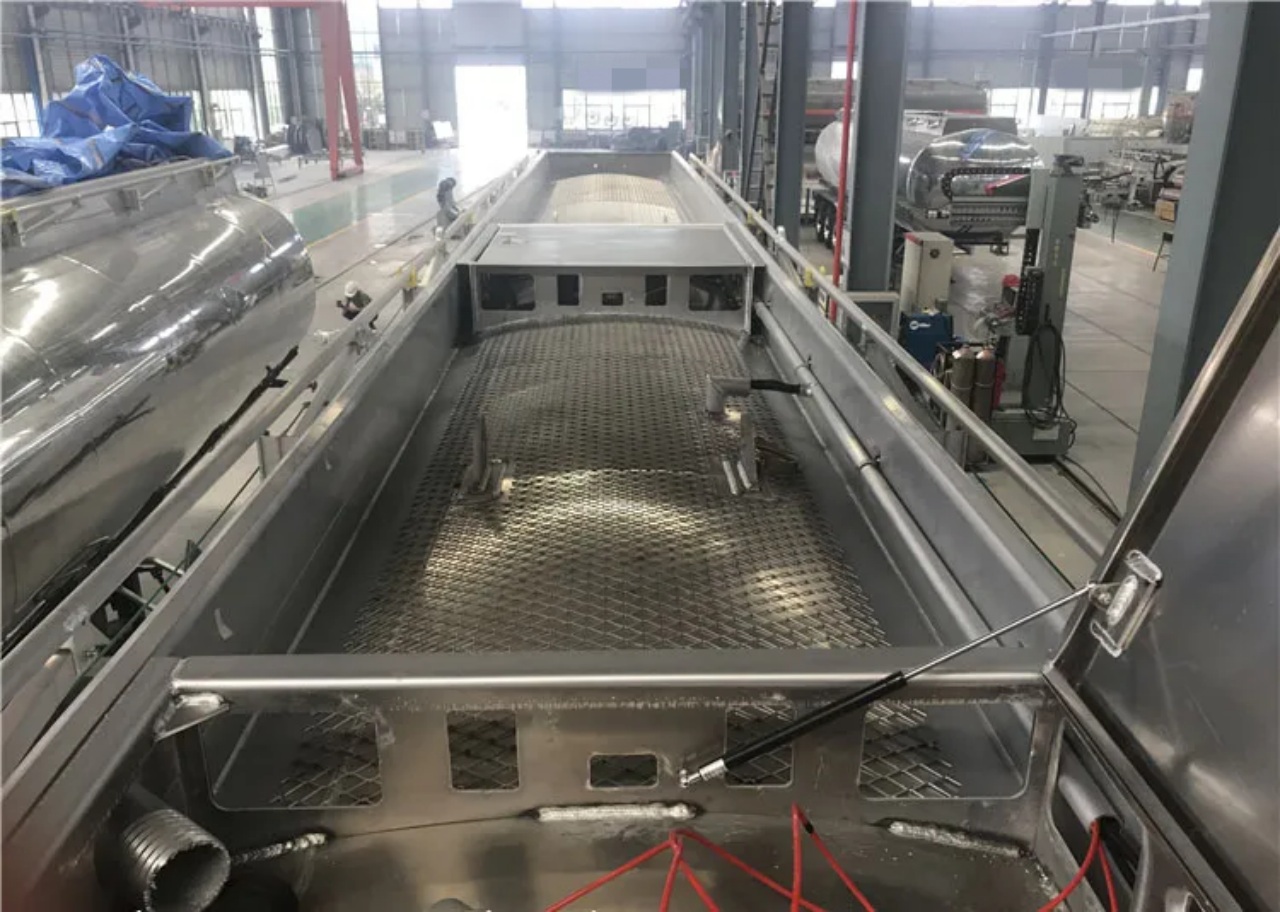Tanker trailers are essential components of the transportation industry, specifically designed for carrying bulk liquids, gases, and dry goods. These specialized trailers are often seen on highways transporting everything from milk and fuel to corrosive chemicals and liquefied gases. A common question regarding their design is: Are tanker trailers double-walled? The answer is both yes and no, depending on the application, the contents being transported, and safety requirements. This article delves into the design features, purposes, and regulations associated with double-walled tanker trailers, helping clarify when and why such construction is used.
Understanding Tanker Trailer Construction
To comprehend whether tanker trailers are double-walled, it is essential to understand their basic construction. Tanker trailers typically consist of a cylindrical tank mounted horizontally on a trailer chassis. The tank is designed to withstand internal pressure and external forces during transport. Common materials include stainless steel, aluminum, and carbon steel, chosen based on the chemical compatibility with the cargo.
Tanker trailers can be single-walled or double-walled. A single-walled tanker has just 1 layer of material separating the contents from the outside environment. In contrast, a double-walled tanker includes an inner and outer shell with a space, called an interstitial space, in between. This design provides additional safety and thermal insulation, making double-walled tankers suitable for hazardous or temperature-sensitive materials.
Why Use Double-Walled Tanker Trailers?
1. Leak Prevention and Detection
One of the primary benefits of double-walled construction is leak containment and detection. If the inner tank is compromised due to corrosion, puncture, or stress, the outer wall acts as a secondary containment layer. This feature is especially important for transporting hazardous materials such as flammable liquids, corrosive chemicals, and toxic substances.
Many double-walled tanks are equipped with leak detection systems in the interstitial space. Sensors monitor for fluid presence between the walls, alerting operators to a breach before a catastrophic failure occurs. This proactive safety measure significantly reduces environmental risks and liability.
2. Compliance with Regulations
Regulatory agencies such as the U.S. Department of Transportation (DOT), Environmental Protection Agency (EPA), and United Nations (UN) have established strict guidelines for the transport of hazardous materials. In many cases, these regulations mandate the use of double-walled tankers.
For example, the Code of Federal Regulations (CFR 49) requires double-walled containment for specific classes of dangerous goods. Similarly, European ADR regulations demand such construction for high-risk substances. Transporting products without appropriate containment can result in severe fines and legal consequences.
3. Thermal Insulation
Another critical reason for double-walled construction is temperature control. Certain substances—like liquefied gases, asphalt, or cryogenic materials—must be kept within specific temperature ranges. A double-walled tanker can incorporate insulation (e.g., polyurethane foam or vacuum insulation) in the interstitial space to minimize thermal exchange with the environment.
This is particularly important for tankers transporting LNG (liquefied natural gas), LPG (liquefied petroleum gas), and refrigerated or heated chemicals. By reducing temperature fluctuation, the double wall ensures product integrity and reduces energy costs associated with refrigeration or heating systems.
4. Corrosion Resistance and Durability
Transporting corrosive materials like hydrochloric acid or sulfuric acid can deteriorate tank walls over time. In such cases, the inner tank is usually made of corrosion-resistant materials such as stainless steel, while the outer tank may be made of more economical metals. This double-layer system not only enhances corrosion resistance but also improves the overall longevity of the trailer.
Applications of Double-Walled Tanker Trailers
Double-walled tankers are not universally used for all types of cargo, but they are essential for specific industries and materials:
- Fuel Transport: Tankers carrying gasoline, diesel, and jet fuel often require double-wall construction, particularly when delivering to environmentally sensitive areas like urban zones or near water bodies.
- Chemical and Corrosive Materials: Trailers used in the chemical industry, especially those carrying Class 8 corrosives, often utilize double-walled designs for enhanced protection.
- Cryogenic Gases: Trailers carrying liquid oxygen, nitrogen, or LNG typically feature double walls with vacuum insulation for maintaining extremely low temperatures.
- Food-Grade Transport: Though not always required, some food-grade tankers transporting products like milk or chocolate use double-walled designs for temperature stability and contamination prevention.
Cost Implications and Trade-offs
Double-walled tanker trailers are significantly more expensive than their single-walled counterparts due to the added material, complexity, and engineering required. The initial cost can be 20–40% higher, depending on the materials and features.
Additionally, maintenance and inspection of double-walled tanks are more involved. Leak detection systems, insulation integrity, and corrosion checks in the interstitial space all require specialized equipment and procedures. However, for companies transporting high-risk or high-value cargo, these costs are justified by the reduced risk of product loss, environmental damage, and regulatory penalties.
Alternatives to Double-Walled Tankers
In some scenarios, companies opt for other safety measures instead of double-walled construction. For instance:
- Liners and Coatings: Some single-walled tankers are lined with corrosion-resistant coatings such as rubber or epoxy to protect the tank and cargo.
- Secondary Containment Systems: In fixed installations like tank farms, external containment dikes serve a similar function to double walls in case of leaks.
- Insulated Single-Wall Tanks: For temperature-sensitive products, single-walled tanks may still be viable if external insulation is applied and maintained effectively.
Conclusion
So, are tanker trailers double-walled? The answer is: they can be, and often are, when needed. Double-walled tanker trailers are a crucial design choice for transporting hazardous, corrosive, or temperature-sensitive materials. They offer enhanced safety, compliance with stringent regulations, and protection for both the environment and the cargo. However, not all tanker trailers need double-wall construction. For non-hazardous and stable substances, a single-wall design may suffice.
Ultimately, the decision to use a double-walled tanker depends on a careful assessment of cargo characteristics, legal requirements, and risk tolerance. As transportation standards continue to evolve, the use of double-walled trailers is expected to grow, especially in sectors prioritizing safety, environmental protection, and product integrity.
